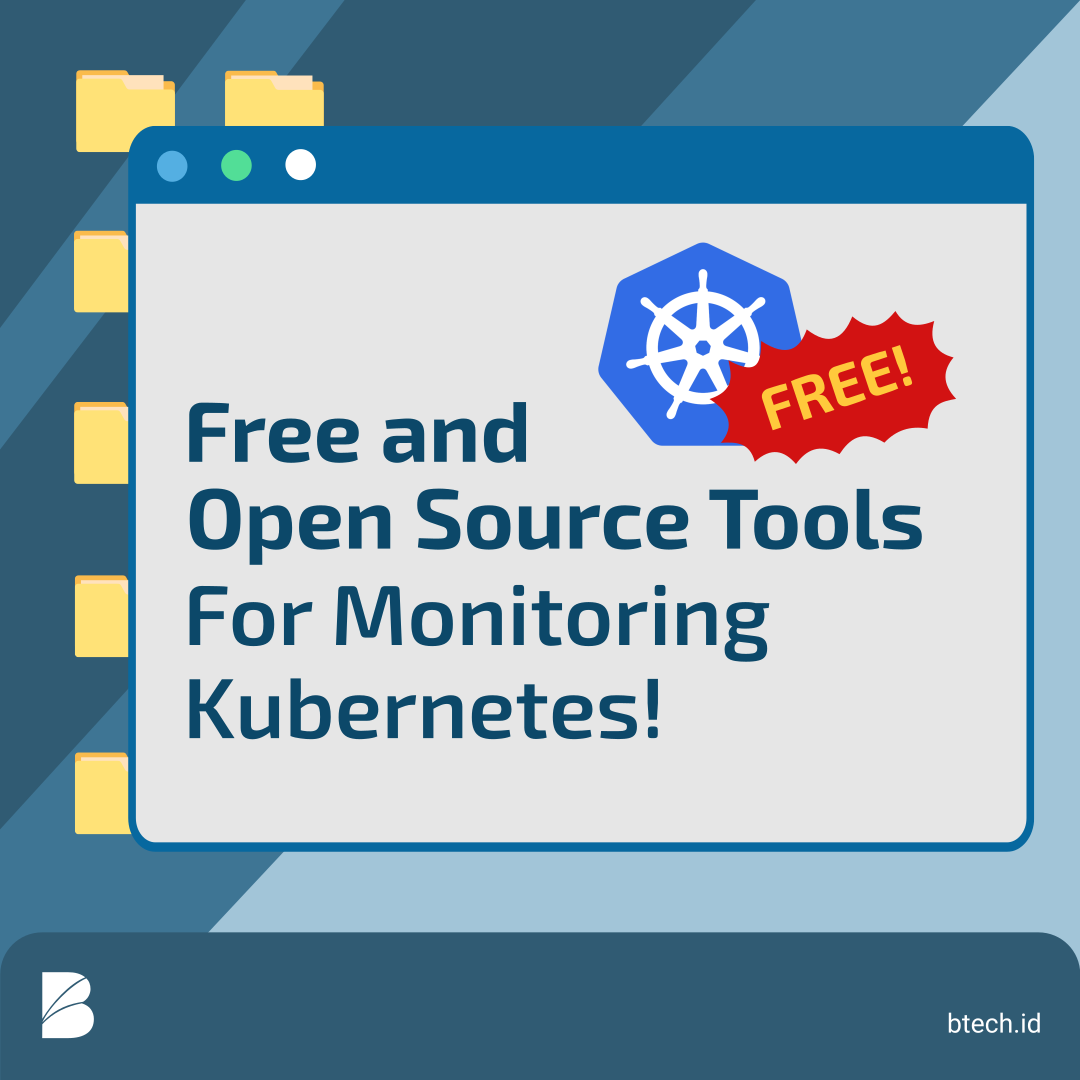Unleashing Kubernetes Monitoring with Open Source Tools: A Closer Look at Kubewatch, Weave Scope, and Kube Tail
As Kubernetes has become the de facto standard for container orchestration, effective monitoring of Kubernetes clusters has become critical for ensuring optimal performance, identifying issues, and maintaining overall cluster health. Open source monitoring tools offer powerful capabilities to monitor Kubernetes environments and provide real-time insights into cluster metrics, application performance, and resource utilization. In this article, we explore three popular open source tools - Kubewatch, Weave Scope, and Kube Tail - and their role in monitoring Kubernetes clusters.
-
Kubewatch: Simplifying Kubernetes Event Monitoring Kubewatch is an open source tool that allows users to monitor Kubernetes events and receive notifications in real-time. It provides a straightforward way to track events occurring within the Kubernetes cluster, such as pod creation, scaling events, or deployment updates. Kubewatch supports multiple notification channels like Slack, email, and webhooks, enabling administrators and developers to stay informed about critical events. This tool helps ensure proactive monitoring and rapid response to events within the Kubernetes environment.
-
Weave Scope: Visualizing and Monitoring Kubernetes Clusters Weave Scope is a powerful open source tool for visualizing, monitoring, and troubleshooting Kubernetes clusters. It provides a real-time graphical representation of the cluster, displaying the relationships between nodes, pods, services, and containers. With Weave Scope, administrators can easily track resource utilization, identify performance bottlenecks, and monitor network traffic within the Kubernetes environment. Its intuitive user interface and real-time updates make it an invaluable tool for understanding and optimizing cluster performance.
-
Kube Tail: Real-time Log Streaming for Kubernetes Pods Kube Tail is an open source log streaming tool specifically designed for Kubernetes pods. It allows users to tail logs from multiple pods simultaneously, providing real-time visibility into application logs and facilitating rapid debugging. With Kube Tail, developers and operators can monitor logs from individual pods or specific namespaces, filter logs based on keywords, and dynamically adjust log levels. This tool simplifies log analysis, accelerates troubleshooting, and helps in identifying potential issues within the Kubernetes environment.
Benefits of Open Source Monitoring Tools for Kubernetes:
a. Flexibility and Customizability: Open source tools provide flexibility to customize and extend their functionality based on specific monitoring requirements. Developers can contribute to the tools' development, add new features, or modify existing ones, ensuring a monitoring solution tailored to the organization's unique needs.
b. Cost Efficiency: Open source tools eliminate the need for expensive commercial monitoring solutions, reducing the overall monitoring costs. Organizations can leverage the robust capabilities of these tools without incurring licensing fees, making them accessible to businesses of all sizes.
c. Community Support: Open source tools benefit from a vibrant and active community of users and contributors. This community-driven support ensures continuous development, bug fixes, and timely updates, enhancing the reliability and effectiveness of the monitoring tools.
d. Integration with the Kubernetes Ecosystem: Open source monitoring tools are designed to integrate seamlessly with the Kubernetes ecosystem. They leverage Kubernetes APIs and provide native support for monitoring and analyzing metrics from various Kubernetes resources, including pods, deployments, and services.
Conclusion:
Monitoring Kubernetes clusters is essential for ensuring optimal performance, identifying issues, and maintaining the health of containerized applications. Open source monitoring tools like Kubewatch, Weave Scope, and Kube Tail offer powerful capabilities to monitor and analyze Kubernetes environments. These tools provide real-time visibility into events, resource utilization, network traffic, and log streams, empowering administrators and developers to proactively monitor, troubleshoot, and optimize Kubernetes clusters. By leveraging open source monitoring tools, organizations can effectively manage and monitor their Kubernetes infrastructure, ensuring the reliable and efficient operation of containerized applications.
Read Also: HARNESSING EFFICIENCY AND SIMPLICITY: THE POWER OF HYPER-CONVERGED INFRASTRUCTURE IMPLEMENTATION

